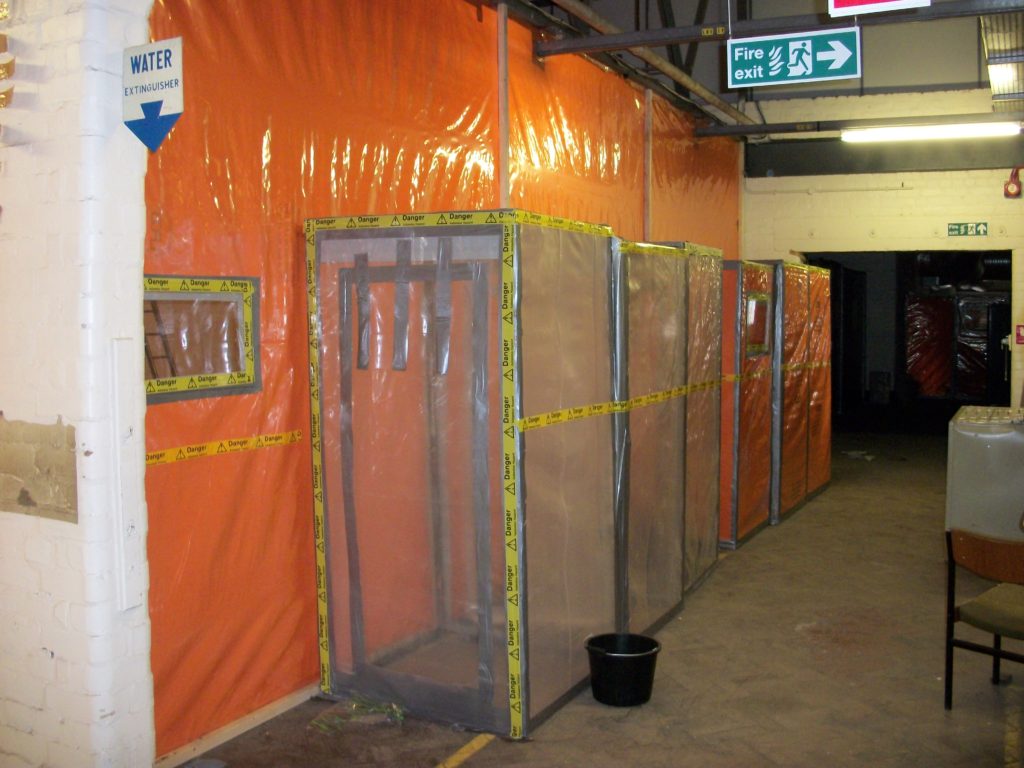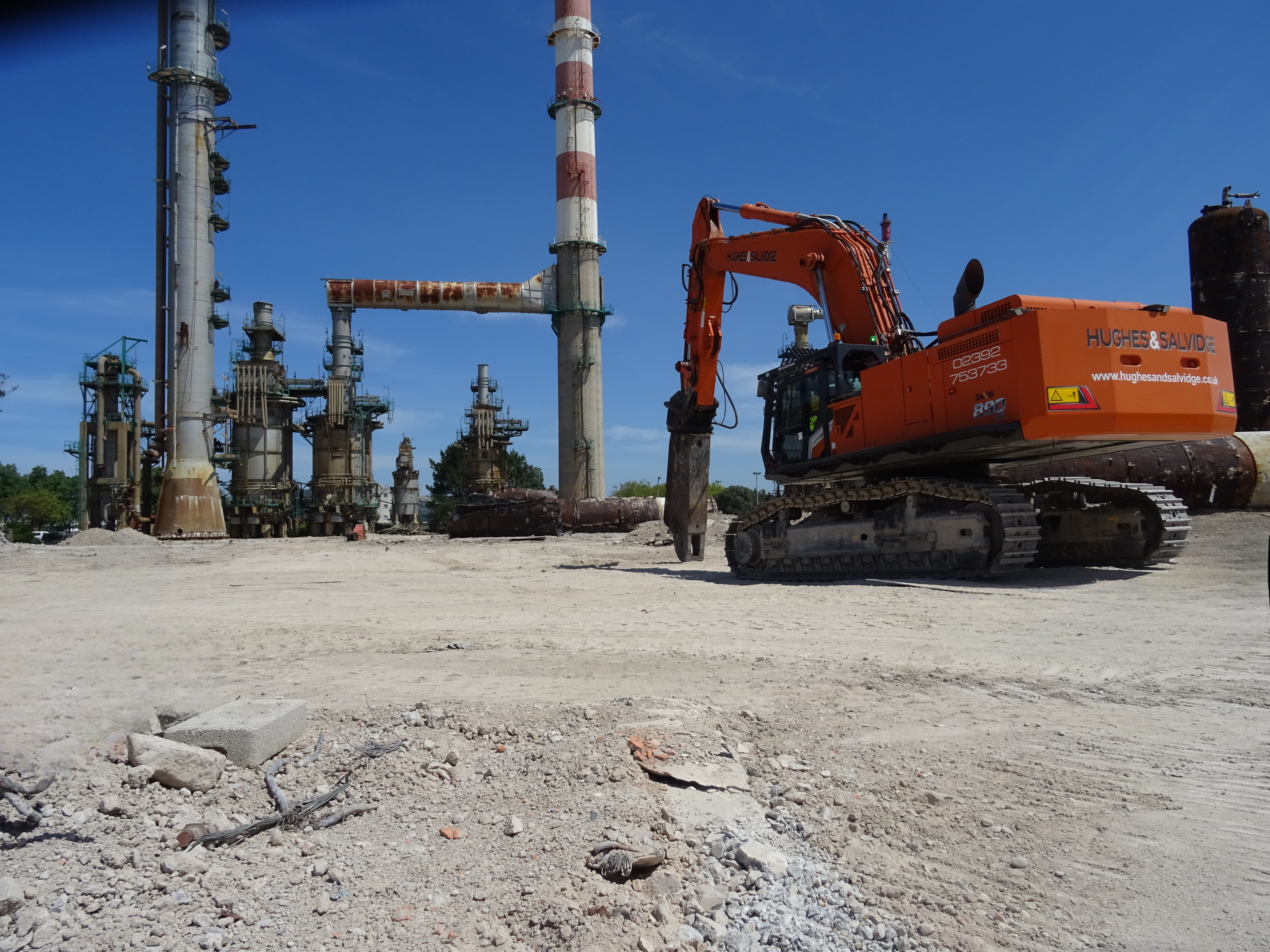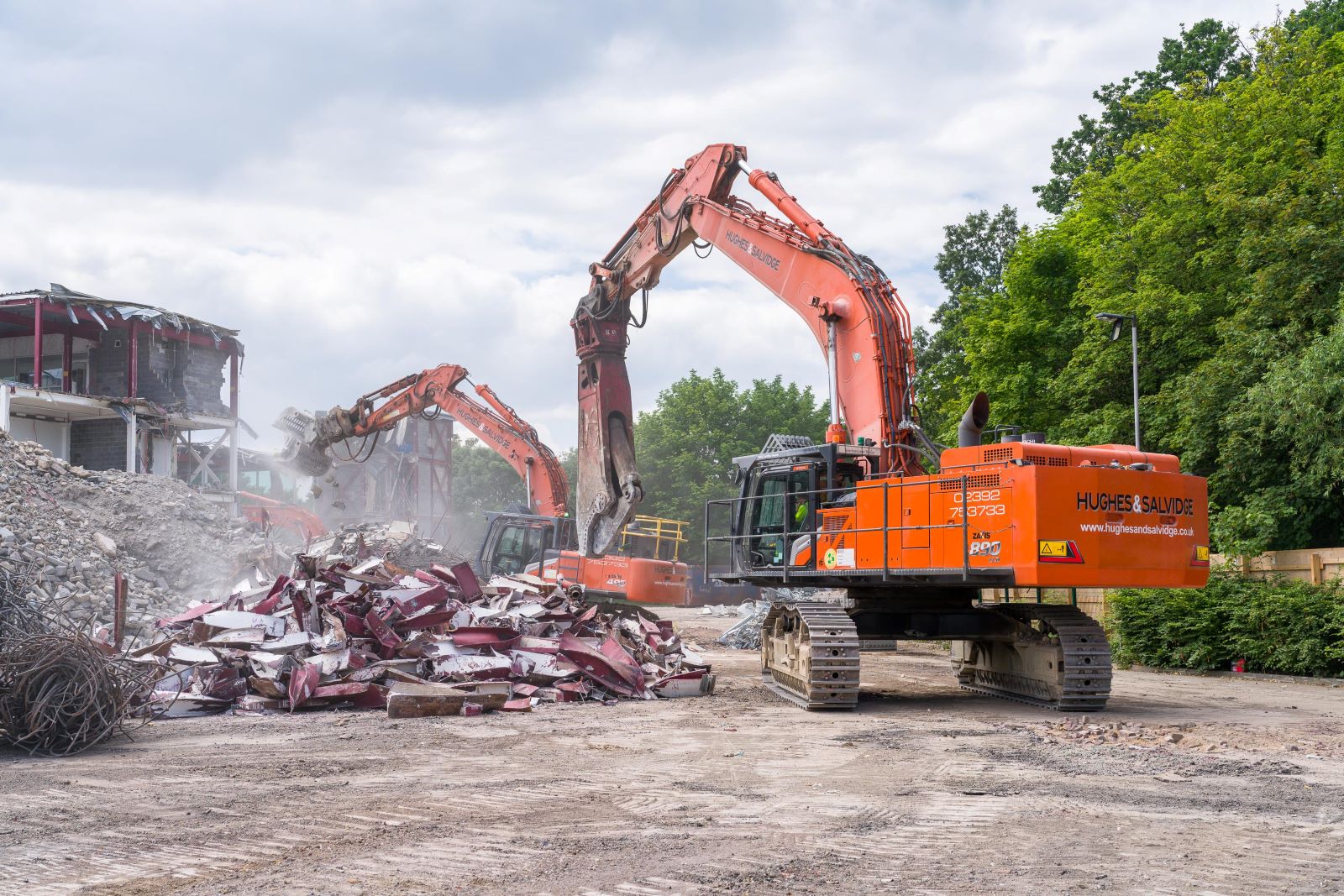UK Asbestos regulations explained
Luke Gould 24th May 2017
As many as 5000 workers still lose their lives to past asbestos exposure every year, due to damage caused to the lungs and respiratory system.
However, asbestos is by no means an issue we can consign to the past. Regulations state that asbestos may be found in any building constructed or refurbished up to the year 2000, when the use of all forms was banned in the UK. But it should not be assumed that buildings built post-2000 are asbestos free, as it’s possible that there may have been illegal use of asbestos containing materials after this date.
Asbestos remains a vital consideration for the building industry, so it is as important as ever to stick to asbestos regulations when it comes to working with this potentially life-threatening material and to report any suspicious material immediately.
In 2012, extra asbestos regulations were introduced to safeguard those who may come into contact with it, mainly affecting the way non-licensed work is notified and recorded. Here we explain the current asbestos guidance for the building industry.

What are the current asbestos regulations?
Asbestos is dangerous when harmful particles are released into the air and inhaled, such as when it is broken up or disturbed. Conditions caused by asbestos exposure take a long time, often many years, to result in symptoms, but once they are diagnosed it often is too late for treatment.
However, it is possible to work safely in an environment that contains asbestos, as long as the proper guidelines are followed. If your workforce is operating in an environment where asbestos may be found, you must adhere to the following asbestos regulations:
- Before any building or maintenance work can be carried out in a premises, plant or on equipment that may contain asbestos, you must identify where any asbestos is, its condition and type, perform a risk assessment and make sure any risks are managed and controlled.
- In the majority of cases, any building or maintenance work on a site that contains asbestos should be carried out by a contractor who is licensed to work with asbestos by the Health and Safety Executive (HSE). This includes most asbestos removal, most work with asbestos insulation and asbestos insulating board (AIB), as well as all work with sprayed asbestos coatings and asbestos lagging. Non-licensed work with asbestos is still subject to effective controls.
- The ‘duty to manage’ asbestos in non-domestic premises lies with anyone responsible for the maintenance of them. This includes protecting anyone working or using the premises from the risks to health that asbestos can cause.
- There is a control limit for asbestos of 0.1 asbestos fibres per cubic centimetre of air (0.1 f/cm3). This is not to say that this level is ‘safe’; the level of asbestos must be kept as far below this limit as possible at all times.
- Any existing materials containing asbestos can be left in place, as long as they are undamaged and will be left undisturbed. However, you must closely monitor the condition of the materials to ensure they remain undamaged.
- Anyone who is likely to come into contact with asbestos at work must undergo mandatory training so that they can work without putting themselves and others at risk.
Asbestos regulation changes introduced in 2012
The latest changes to guidance on working with asbestos are as follows:
- Some non-licensed asbestos work must be notified to the relevant enforcing agency, and is known as notified non-licensed work (NNLW). This kind of non-licensed work should also be recorded in writing.
- Any person carrying out NNLW with asbestos must be monitored by a doctor. Anyone carrying out licensed asbestos work and already under health surveillance need not have another medical examination for NNLW, although medical examinations for NNLW are NOT acceptable for those carrying out licensed asbestos work.
Where can I find out more about asbestos regulations?
The Health and Safety Executive (HSE) website contains extensive information about asbestos and how to work with it safely. Click here to read more.



